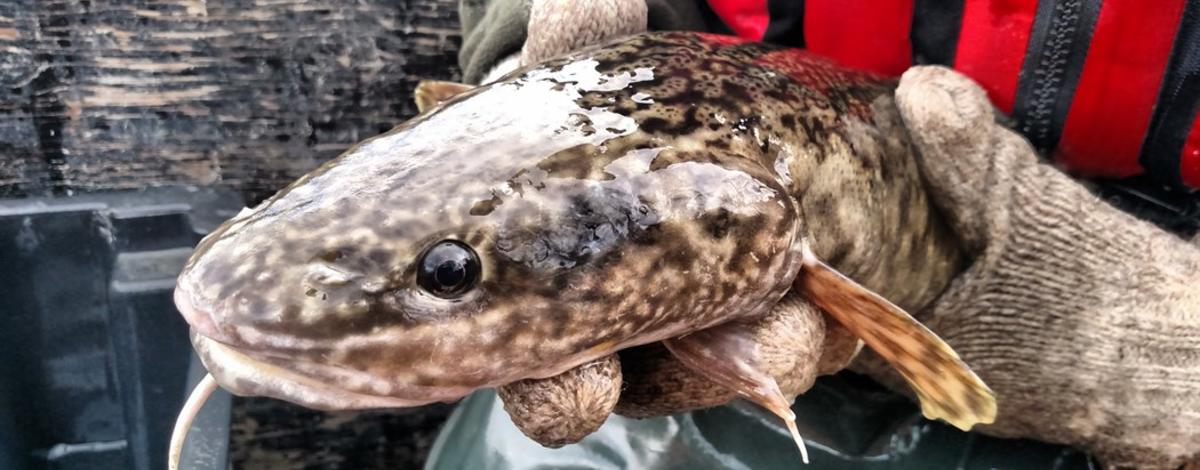Have you ever seen a fish with ‘pre-historic’ characteristics right here in modern- day Idaho? The Kootenai River White Sturgeon is one such fish, and it is found only in the Kootenai River. The Burbot, an unusual fish that resembles a ling-cod, is another species found in the Kootenai River system of Idaho, Montana, and British Columbia.
Biologists in the US, Canada, and the Kootenai Tribe of Idaho (KTOI) work cooperatively on understanding these fish, their interesting life cycles, and the habitat requirements for the species’ survival.
The Idaho Department of Fish and Game (IDFG) has scheduled a new "Project Wild" workshop where teachers and youth leaders can learn about these fascinating fish while also earning one credit hour of continuing education credit. The credit is optional. If you don’t need a credit…you can come and just enjoy learning about these amazing fish.
The workshop is scheduled for June 21-22 and will begin at the Kootenai National Wildlife Refuge near Bonners Ferry. Participants in the class will learn about the fish through presentations by IDFG and KTOI Fisheries Biologists who work on the Kootenai River, participating in hands-on activities, fisheries field work on the Kootenai River, and touring the Kootenai Tribal fish hatchery where Sturgeon and Burbot are produced for population supplementation.
Space is limited, and pre-registration is required. To register, go to “Education” tab on the Idaho Fish and Game website.
Project Wild is a wildlife oriented, multi‑disciplinary set of activities for use primarily with students. The activities develop awareness, knowledge and skills concerning the relationships between humans, wildlife and the natural world. Wildlife concepts are related to social studies, mathematics, language arts and other subjects and do not take time away from established curricula.
The workshop involves participants in the activities and demonstrates techniques for integrating the supplementary materials into classrooms and informal learning settings.
Wild is used throughout the United States and several other countries but this particular class is only offered in Idaho. The goal of the program is to assist learners in developing a commitment to responsible and constructive actions concerning wildlife and the environment upon which all life depends.
Wildlife is an indicator of environmental health, and is important to our quality of life. Where there is abundant wildlife there is likely to be clean air, clean water, diverse vegetation and healthy soil.
Young people are fascinated by the study of wildlife, opening windows of learning into all subject areas. Project Wild is based on the premise that young people and their teachers have a vital interest in learning about the earth as home for people and wildlife.

